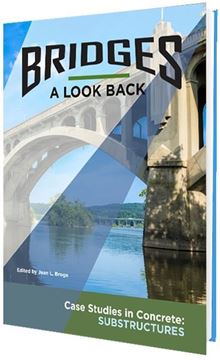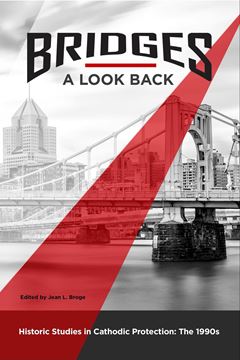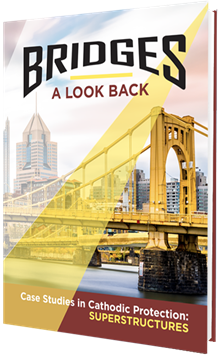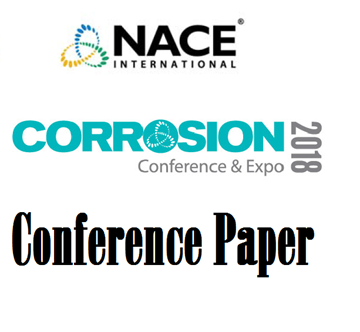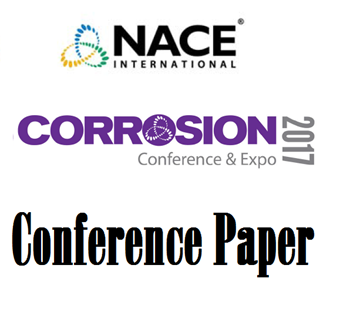Search
Products tagged with 'bridges'
View as
Sort by
Display
per page
Bridges: A Look Back--Case Studies in Concrete: Substructures
Product Number:
37684-PDF
ISBN:
978-1-57590-449-8
$195.00
Bridges-A Look Back: Case Studies in Cathodic Protection--Superstructures
Product Number:
37677-pdf
ISBN:
978-1-57590-427-6
$195.00
Color and Glass Evaluation of Two High Performance Coating Systems Using Accelerated Laboratory and Outdoor Weathering
Product Number:
41214-866-SG
Publication Date:
2014
$20.00
EFFECT OF MODELING VARIABLES UPON PROJECTION OF CORROSION INDUCED POST-TENSION TENDON FAILURES
Product Number:
51318-10496-SG
Publication Date:
2018
$20.00
Evaluation Of Corrosion Prevention And Control Programs For Reinforced Concrete Bridges In Marine Environments
Product Number:
51322-18203-SG
Publication Date:
2022
$20.00
Evaluation of Surface Preparation Methods to Remediate Chlorides
Product Number:
51217-056-SG
Publication Date:
2017
$20.00
High Productivity and Performance Polyaspartic DTM and Two-Coat Systems
Product Number:
41214-870-SG
Publication Date:
2014
$20.00
Long-Term Case Studies Of Cathodic Protection Along The Texas Gulf Coast
Product Number:
51322-17734-SG
Publication Date:
2022
$20.00
Maintenance Painting - A TXDOT Perspective
Product Number:
41212-687-SG
Publication Date:
2012
$20.00
Modeling and Projecting the Onset and Subsequent Failure Rate of Corroding Bridge Post-Tension Tendons
Product Number:
51317--8828-SG
ISBN:
8828 2017 CP
Publication Date:
2017
$20.00
New Developments in Fluorourthane Coatings for Bridges
Product Number:
41216-995-SG
Publication Date:
2016
$20.00

